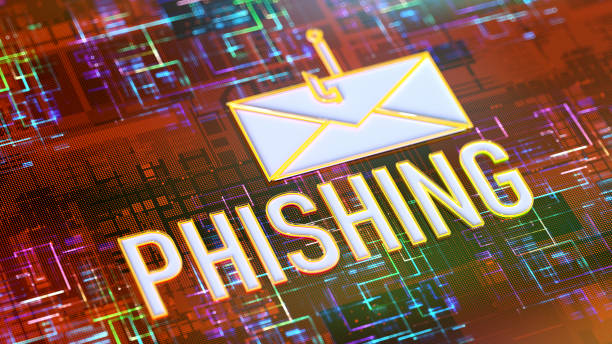Anatomy of a Modern Phishing Attack

Phishing has evolved far beyond the poorly worded emails of the past. Today's attacks are sophisticated, highly targeted, and leverage psychological triggers to bypass both human and technical defenses. Understanding the stages of a modern phishing attack is the first step in building a resilient defense.
Stage 1: Reconnaissance (Casing the Joint)
Attackers no longer send generic emails to thousands of people. They perform detailed reconnaissance using public sources like LinkedIn, company websites, and social media. They identify key personnel (like finance or HR), learn the corporate structure, and find out what software the company uses (e.g., Microsoft 365, Slack). This information is used to craft a highly believable lure.
Stage 2: The Lure (The Bait)
Using the information gathered, the attacker creates a convincing email. This is no longer just "Click here for a prize." Modern lures include:
- AI-Generated Content: Emails are now grammatically perfect and mimic the company's tone and style.
- QR Code Phishing ("Quishing"): Sending a QR code in an email that, when scanned by a phone, leads to a malicious site. This bypasses email security scanners that check links but not images.
- MFA Fatigue Attacks: After stealing a password, the attacker repeatedly spams the user with multi-factor authentication (MFA) push notifications until the user, annoyed, finally clicks "Approve."
Modern phishing attacks don't just target technology; they target human psychology—urgency, trust, and even simple annoyance.
Stage 3: The Exploit (Stealing Credentials)
The goal is almost always to steal credentials. The malicious link or QR code leads to a pixel-perfect clone of a familiar login page, like the Microsoft 365 portal. Unsuspecting users enter their username and password, which are sent directly to the attacker.
Stage 4: The Payoff (Access and Action)
With valid credentials, the attacker can now achieve their objective. This could be accessing sensitive emails, launching a ransomware attack from inside the network, or performing fraudulent wire transfers. The initial phish is just the first step in a much larger attack chain.
